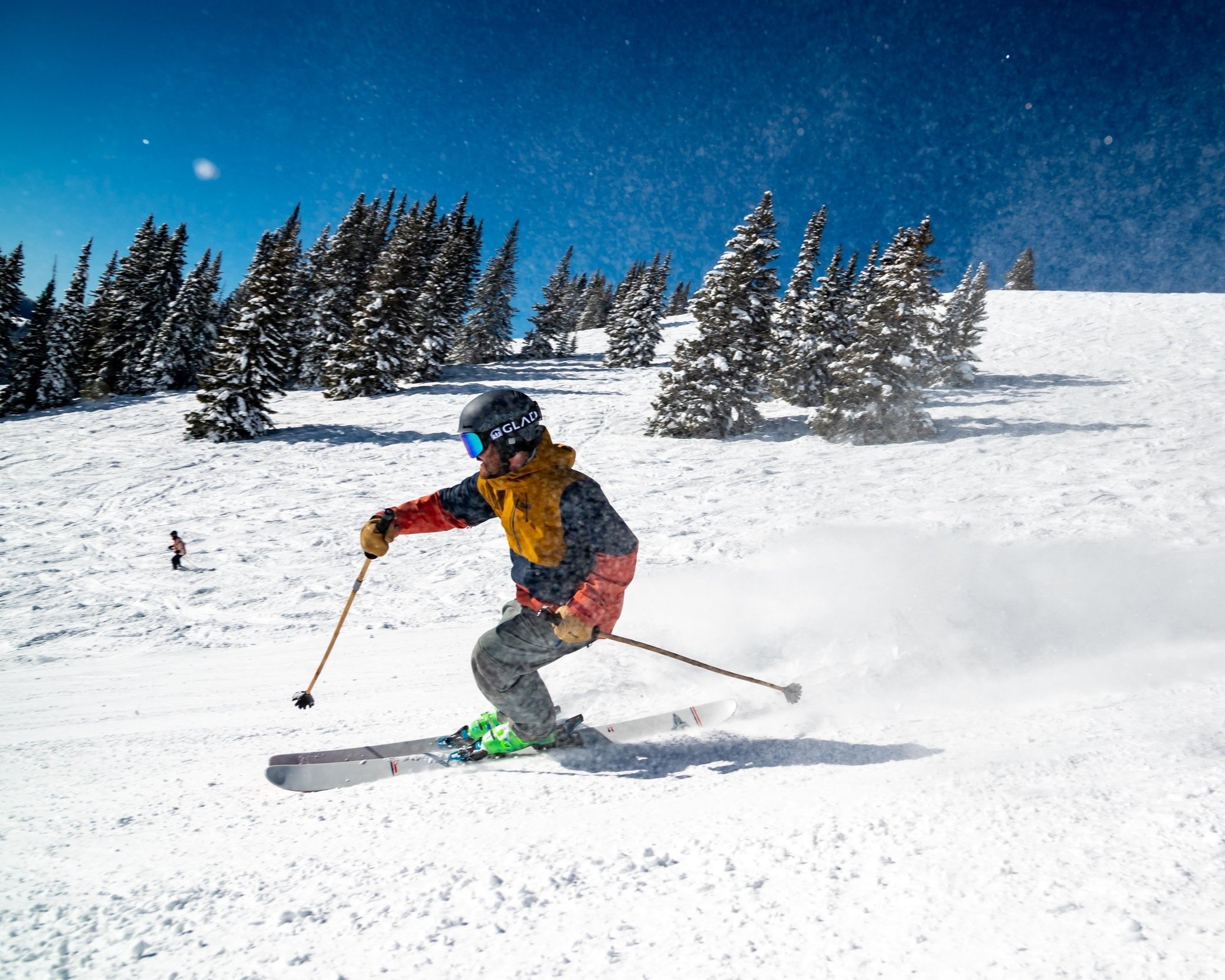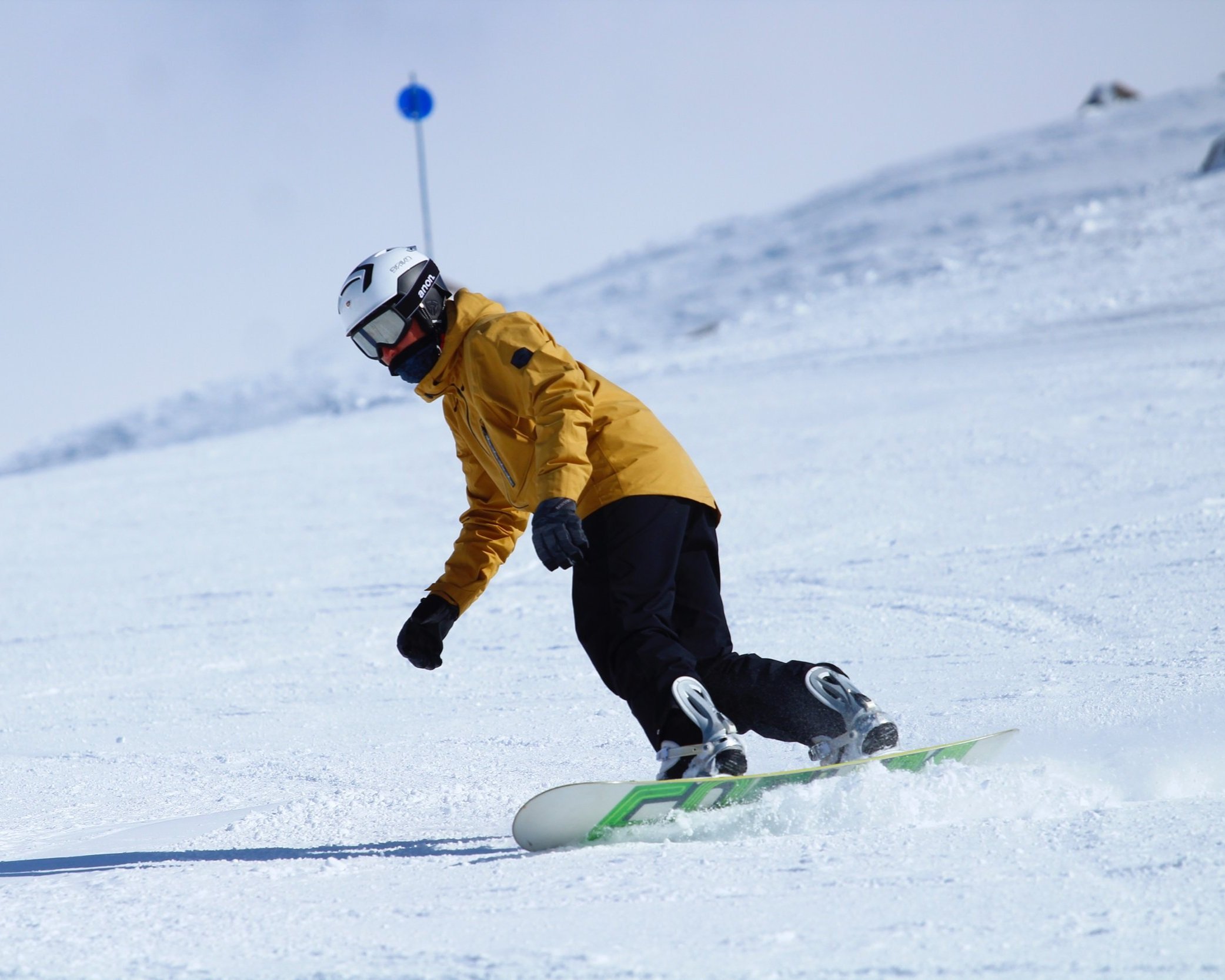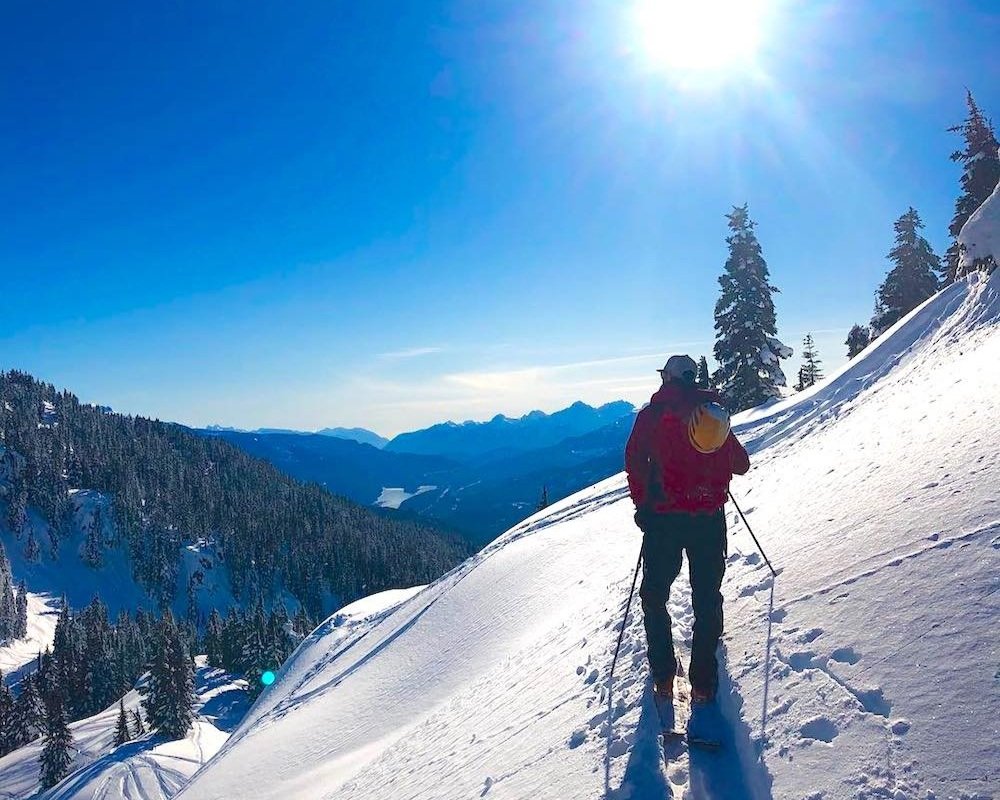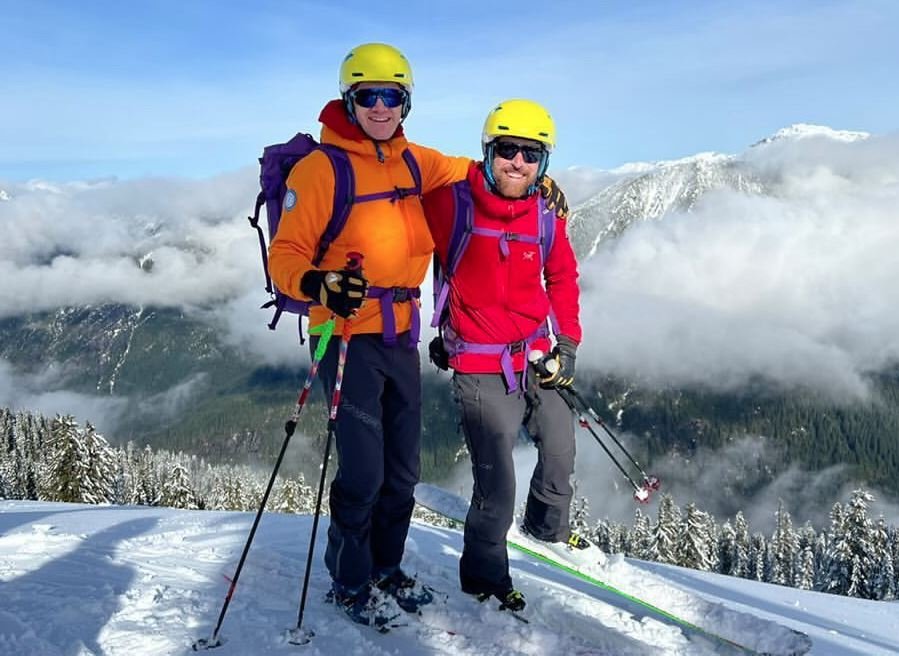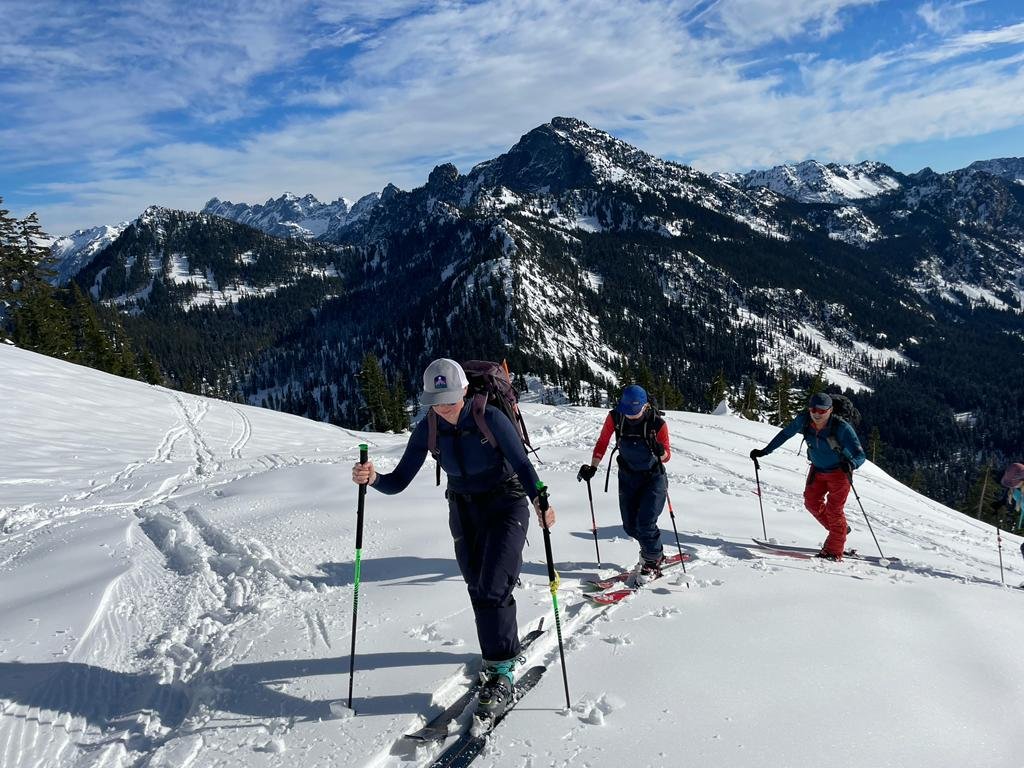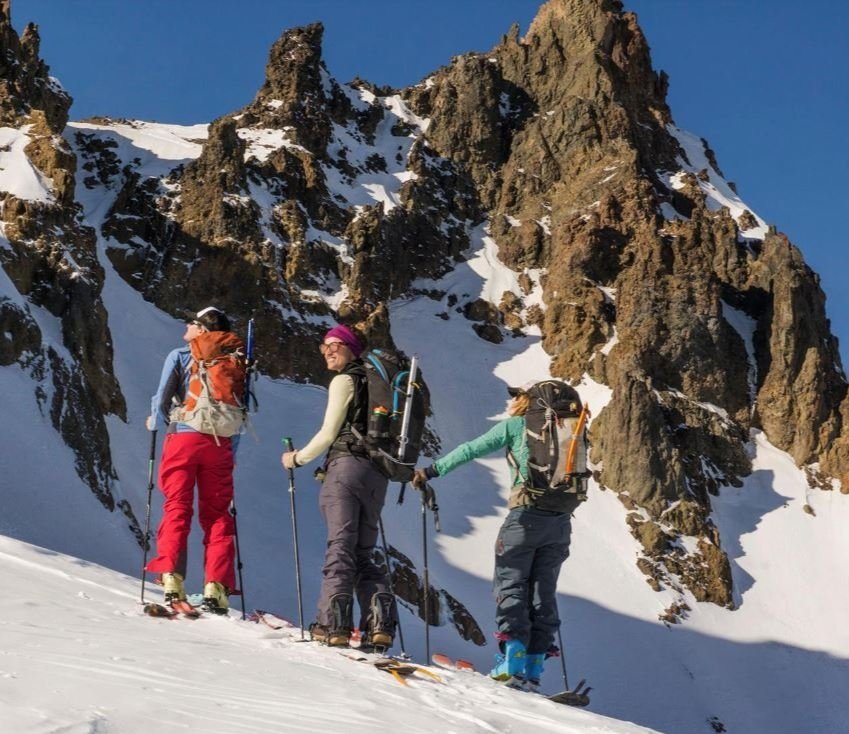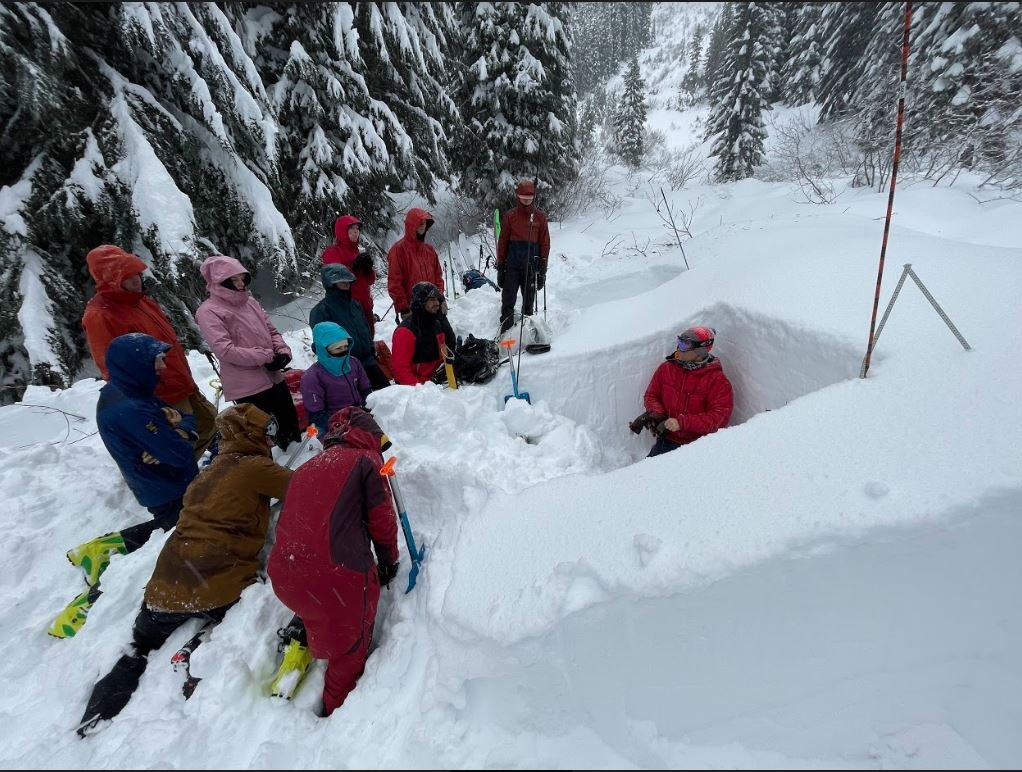Why you shouldn't take an AIARE 1 this season...
Over the past several years backcountry skiing and splitboarding has grown at seemingly exponential rates. Like many, you may be setting out into the snowy backcountry for the first time, seeking solitude, exercise, mental challenges, the beauty of the mountains, and of course, powder. If this is the case, one of the first things that you are likely to hear from a friend is, “You need to take an AIARE 1 Course!” While this is certainly good advice and the sign of a good partner, an AIARE 1 course isn’t the best place to start if you are new to backcountry skiing and splitboarding.
“Decision making in avalanche terrain and the AIARE 1 Course is actually Step 4 for the NEW Backcountry Skier or Splitboarder.” - Mark Allen, IFMGA Guide/AIARE Course Leader
Backcountry skiing and riding is complex and it requires sophisticated and expensive equipment, deep and varied knowledge, and skills to apply the knowledge. With such a high barrier to entry, where to start is a daunting question that every beginner must ask. If you are getting ready to step into wild snow for the first time, here are four steps to help you get started in the backcountry:
Step 1: Learn to Ski or Ride
Let’s face it, riding in wild snow can be hard. In order to have fun and avoid injury you will at least need to be able to descend backcountry runs of blue square steepness in a variety of conditions, not just powder. The best way to prepare yourself for these conditions is to have an excellent base of lift-served, in-bounds riding, with good technique. Lessons are a great supplement to independent riding and will help you practice proper technique and prevent bad habits. Without this strong base of good technique, you are more prone to significant injury, far from help. Once a rider can competently and comfortably ride intermediate to advanced terrain in the best and worst conditions in-bounds, they are ready for the next step.
Step 2: Learn to Tour and Rescue
A backcountry traveler needs to know how to use all of their equipment and tour uphill efficiently. Taking an Intro to Splitboarding or Intro to Backcountry Skiing Course combined with an AIARE Avalanche Rescue Course will give you the critical knowledge and skills that you need to start touring in simple terrain (See The ATES Scale) and be a competent rescuer in the event of an avalanche. Many ski resorts in the Pacific Northwest have dedicated uphill travel routes that are perfect for practicing your uphill movement and transitions. The key is to get to a point where you stop focusing on your gear and movement, and begin to focus on your surroundings. Once you have the basic techniques dialed, you are ready for the next step in the progression, touring with an experienced mentor.
Step 3: Tour with an Experienced Mentor
Skiing with an experienced mentor gives you the chance to see different snowpacks, weather, terrain, and avalanche problems without having to know the ins and outs of tour planning, managing group dynamics, and more challenging avalanche avoidance scenarios. When seeking out a mentor, look for someone that has multiple seasons of backcountry travel experience, has formal AIARE 1 and Rescue training, is knowledgeable about the area where you will be traveling, makes conservative travel decisions, and is excited to share their experience with you. Your first few tours should focus on simple terrain, allowing you to have fun while observing snow conditions. Like taking ski lessons, touring with a professional ski guide can greatly accelerate your learning during your first couple of seasons of touring. Once you are confidently touring in simple terrain, it’s time to expand your avalanche knowledge with an AIARE 1 course.
Step 4: Expand your Avalanche Knowledge with an AIARE 1 Course
Here we are, finally back to the original recommendation, the AIARE 1 Course. Now that you know how to use your equipment, can move effectively and efficiently in different snow conditions, and have gained some experience with your local snow pack, it’s time to learn how you can make smart decisions about backcountry travel. The AIARE 1 Course focuses learning around four major outcomes:
Developing a plan for travel in avalanche terrain.
Demonstrating the ability to identify avalanche terrain.
Effectively using The AIARE Risk Management Framework to make terrain choices in a group setting.
Demonstrating effective companion rescue.
This course will give you the tools to plan your own tours in simple terrain, expand your mentored touring into challenging terrain, and give you a platform for continuing your backcountry progression with friends.
So it turns out, the infamous and still important AIARE 1 is actually Step 4 for the new backcountry rider. Avalanche education must be preceded by downhill skills, touring and rescue skills, and a modest amount of touring experience. These prerequisites prevent injury, lost time and educational opportunities, and frustrations of your peers and instructors.
For the dedicated backcountry traveler, Step 4 is not the end. There will always be more to learn and more experience to be gained. For the sake of you and your partners, it’s worth it to not skip these steps.
The Mountain Bureau offers a full range of Backcountry Skiing and Splitboarding Courses as well as AIARE Avalanche Courses to prepare you for your first tour or your next multi-day traverse. We also offer mentored touring days through our Backcountry Ski Pass or Private Ski Touring Programs.
